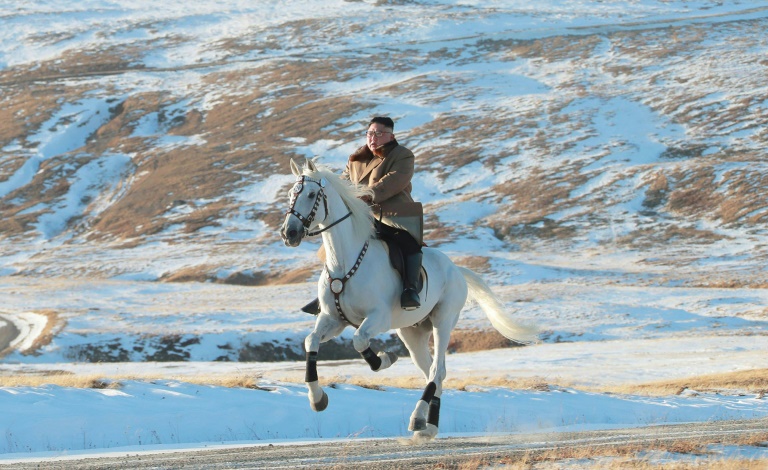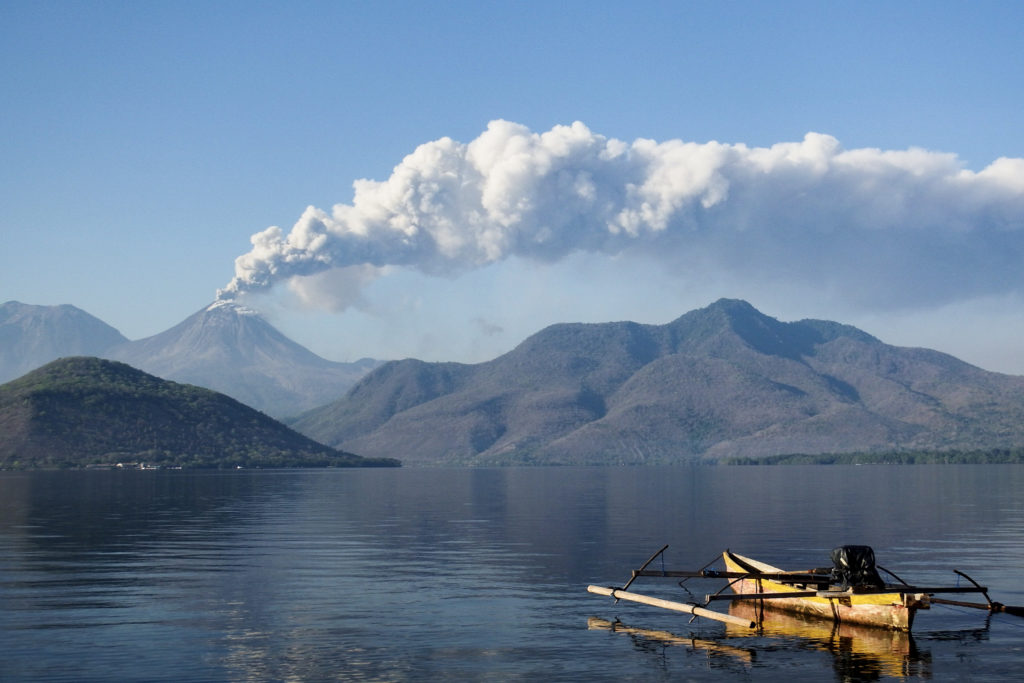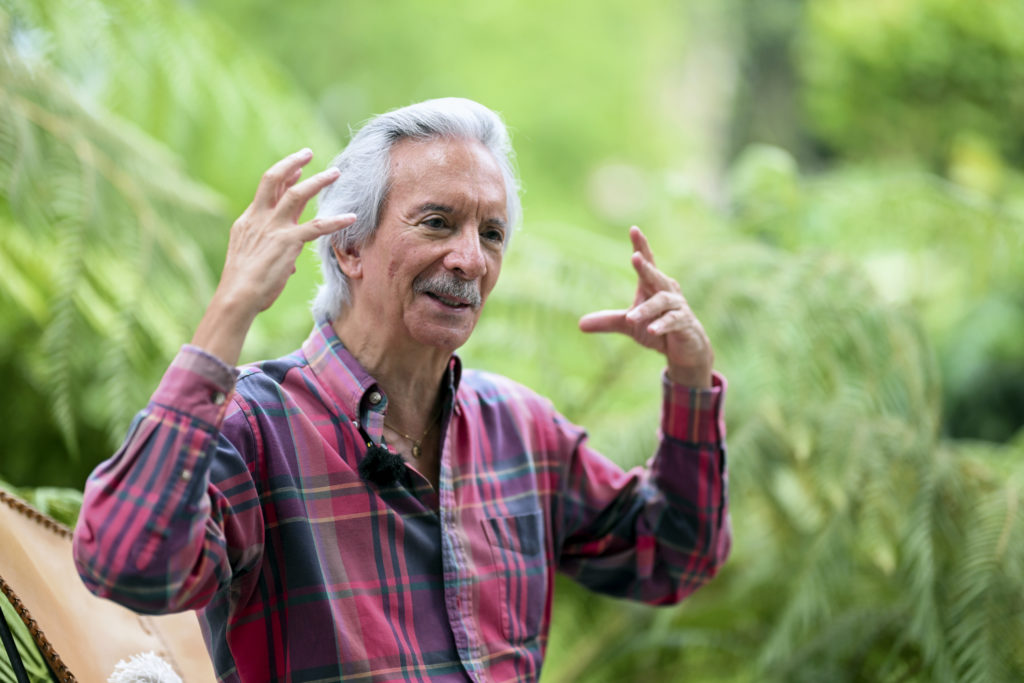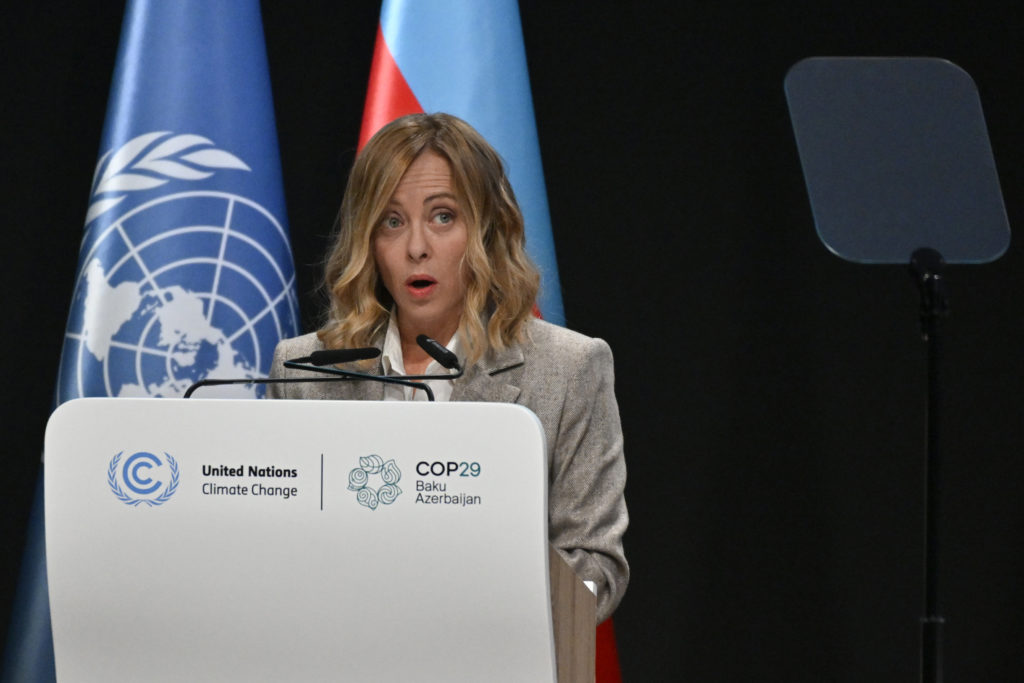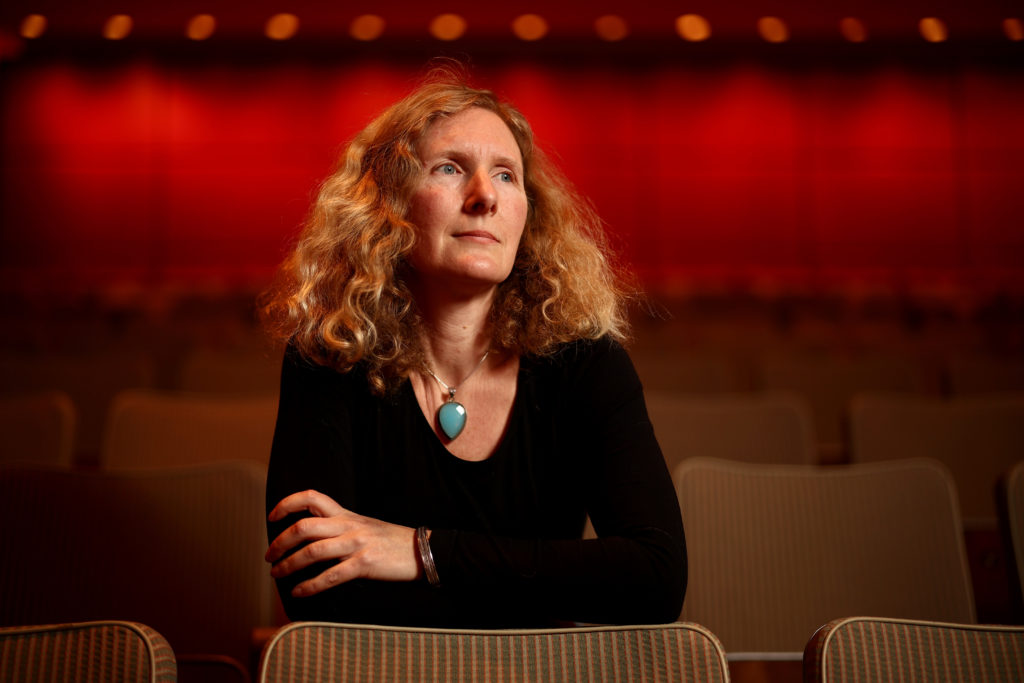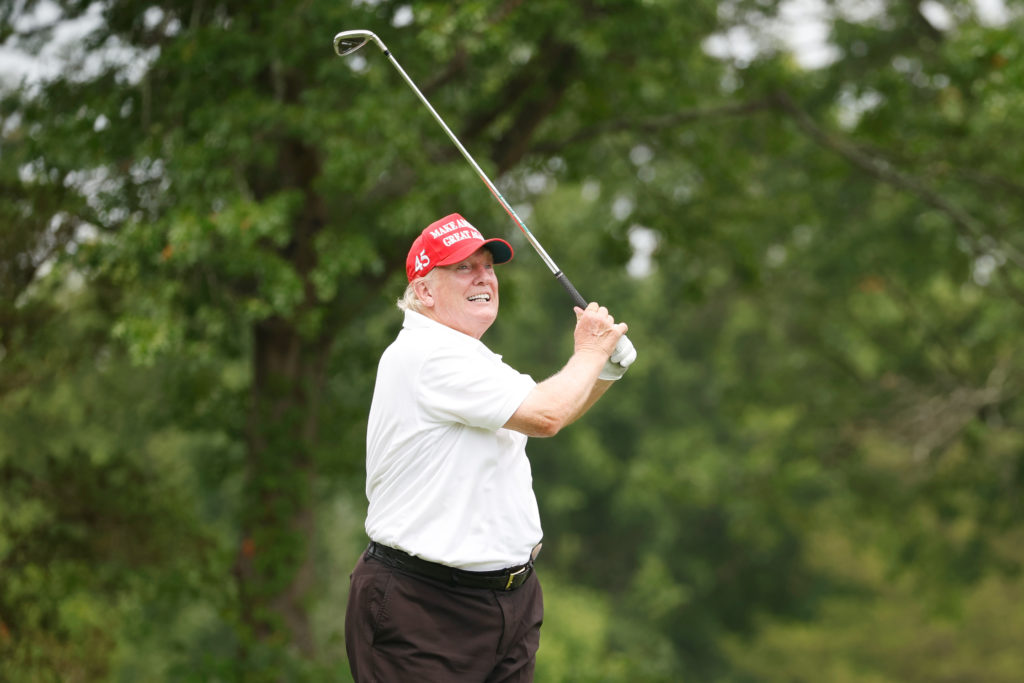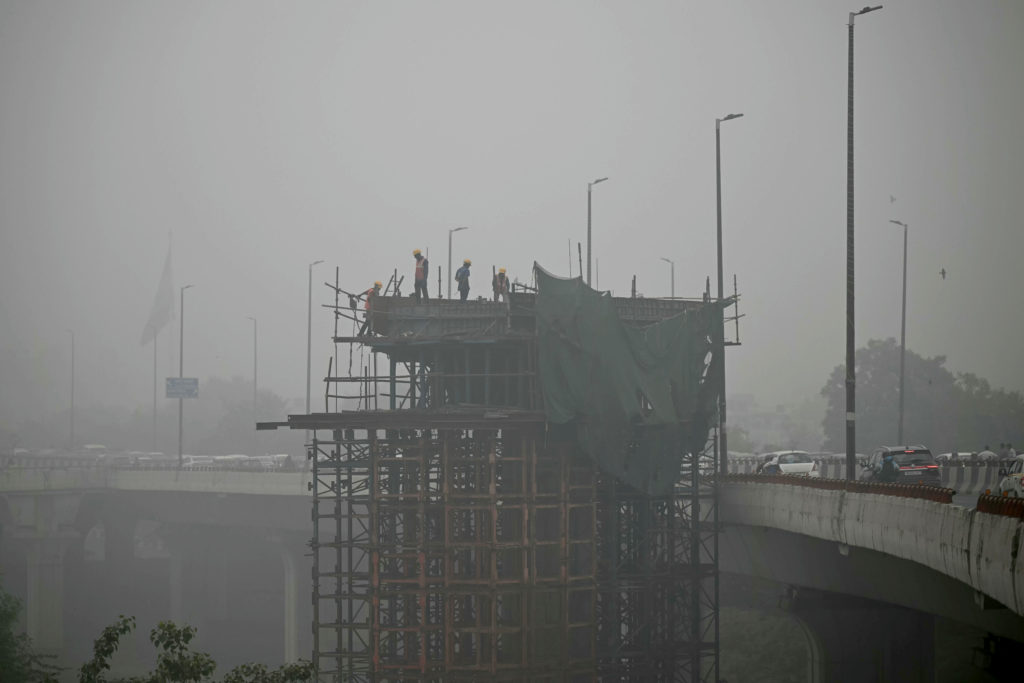From the youthful party functionary to the leader riding a horse through mountain snows, North Korea has sought to portray Kim Jong Un as increasingly both authoritative and popular over his decade in power.
North Korea is one of the most isolated and censored societies on the planet, with its state media tightly controlling what the people see and hear.
Three generations of the Kim family have ruled the country with absolute authority since 1948, and analysts say the regime has used carefully crafted images to ensure their power.
To outsiders, Kim is regarded as a ruthless tyrant with an undying obsession to develop the country’s nuclear weapons, even at the cost of starving the population.
But North Korea’s tightly-controlled state media offers a softer side: Kim caressing weeping orphans, being mobbed by gushing female soldiers, or smiling broadly on a mound of potatoes.
“The images that the regime chooses to disseminate and weave into Kim’s hagiography say a lot about how Kim envisions North Korea’s future and his place in it,” wrote Jung Pak, now US Deputy Assistant Secretary of State, in a 2018 report before she took up her current post.
In his frequent public appearances, Kim is seen giving guidance at various economic, military, and social venues, just as his father and grandfather did.
In marked contrast, he is also shown pulling weeds, riding roller coasters, operating a tank, or galloping on a horse.
“Kim appears to want to reinforce the impression that he is young, vigorous, on the move — qualities that he attributes to his country as well,” Pak said in the Brookings Institution report.
Carefully crafted photographs and films are “a universal part of politics” to win public support, said Michael Madden, fellow at the Stimson Center, but Pyongyang’s propaganda had different motives.
“In North Korea, it is not a matter of being responsive to public opinion, but influencing how… citizens view or regard the leadership.”
– White horse –
Image was “particularly important” to Kim when he was rushed into power after the death of his father Kim Jong Il on December 17, 2011, said Jean Lee, senior fellow at the Wilson Center.
“He inherited leadership at a time when he was young and a virtual unknown to his own people.”
Madden added the regime launched an “emulation campaign” early on, with the young leader adopting the clothing and haircut of his grandfather, North Korea’s founder Kim Il Sung.
The striking resemblance between the two even fuelled international speculation that the younger Kim intentionally put on weight to increase the likeness.
“The strategy was to cast him as a modern reincarnation of his much-beloved grandfather — in looks, personality and policy — to justify his right to rule,” Lee told AFP.
Kim’s weight — which rose significantly during his time in power before dropping sharply this year — has regularly prompted questions about his health.
But analysts say that images carried by North Korea’s official KCNA news agency or the Rodong Sinmun newspaper have a wider purpose beyond aesthetics.
In October 2019, North Korean media published pictures of Kim riding a white horse through a winter landscape to the summit of the sacred Mount Paektu.
The motif has been a recurrent theme in images of Kim’s predecessors but some North Korea watchers saw them as a signal for a new policy direction.
They came during stalled US-North Korea talks after a failed second summit between Kim and then US president Donald Trump, and Madden described them as “anti-imperialist imagery”.
The photos carried the message that “North Korea will not be pushed around or intimidated by ‘big power countries'”, he added.
– ‘Time of hardship’ –
Impoverished North Korea is under multiple sets of international sanctions over its nuclear weapons and ballistic missile programmes, and has long suffered chronic food shortages.
The country is facing its worst economic crisis for years, hit by both sanctions and its self-imposed coronavirus blockade.
In recent months, pictures of the leader have shown his acute weight loss, “playing into Kim’s image of being more accountable to the people” according to Jenny Town, senior fellow at the Stimson Center.
The official Korean Central Television aired a rare interview of an unnamed citizen saying the people were “heartbroken” over the change in his physique and that “everyone just started to cry” at the sight of Kim.
The images were aimed at “showing that sacrifices are being made a time of hardship for the country”, Town said — but added that its effectiveness was unknown.
“The longer the hardships continue, the less compelling images of the leader will do.”

